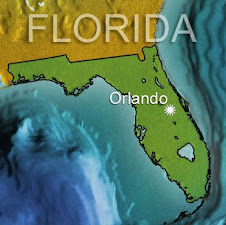
The stone was named Rosetta Stone, by the small Egyptian town Rosetta (el-Rashid). The Ancient Koine text was translated soon after the discovery, and on this basis in the year 1822 the French Orientalist Jean-François Champollion deciphered the hieroglyphs.
According to Tome Boševski and Aristotel Tentov (MANU), the middle text is in the Macedonian language, with amazing similarity to identity of certain words with the present Macedonian dialects, by the 167 words presented. The script is syllabic of the type consonant-vocal. 25 consonants and 8 vocals have been identified. The basic symbols (consonants) are in 8 positions and, depending on the position i.e. the angle they are at, the syllable is read with the vocal pronounced, like a kind of iotting in the Old Slavonic language. There is a frequent use of the preposition na (of) and of the conjunction i (and), and the plural is made by adding i at the end of the word, as it is done today.
"We have defined the alphabet. We have to admit our surprise was great upon finding out the alphabet matches with the the current Macedonian vocals and consonants. This was written by the Ancient Macedonians", says Prof. Dr. Aristotel Tentov.
The two Macedonian scientists who had worked on the Rosetta stone for several years, have translated the 13 assimetrical signs as well as the alphabet and will make it public early tomorrow.










No comments:
Post a Comment